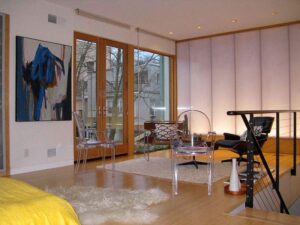A house in Spain recently caught our eye.
Newly updated by Buyesc Arquitectes, the Spanish home’s south-facing wall is now clad with polycarbonate. The designer’s intent was to transform the home into a low-energy building – polycarbonate panels improve thermal efficiency by capturing solar energy and gradually transferring it indoors. Polycarbonate also provides excellent insulating value in the range of R-4 when compared to glass.
EXTECH has been touting the benefits of polycarbonate in commercial and industrial construction for years – its versatility, durability, and sustainable properties make it a superior glazing material for so many applications. Given its benefits for commercial building envelope systems, it makes sense that it is becoming a prominent façade material for single-family and multi-family housing. It also makes sense that polycarbonate will be an important building envelope choice for commercial construction in the upcoming decades.
Is polycarbonate the future of architecture? There is some interesting evidence that points to this trend:
- A recent report by Grand View Research asserts that U.S. demand for polycarbonate was USD 15.24 billion in 2015, with the construction industry making up roughly a quarter of that demand. The report goes on to predict that the U.S. polycarbonate market will grow to more than USD 30 billion by 2024, with the demand from construction increasing as well. These numbers reflect other analyses that predict the polycarbonate industry will double on a global scale over the next decade.
- The movement toward green construction extends beyond federal regulation – it is a moral obligation felt by many millennials. Dozens of start-ups have emerged in the U.S. and E.U. in recent years that focus on green technology for sustainable building construction. The grassroots coalition Architects Advocate wrote an open letter to President Trump asking for his support of the design industry’s commitment to addressing climate change. The movement toward environmentally-friendly design is expected to grow, and given polycarbonate’s sustainability properties (it is recyclable and lends itself to daylighting, which lowers energy usage) coupled with its durability, it is an ideal material in this vein.
- In addition to Buyesc Arquitectes’ design mentioned above, there has been quite a bit of innovative construction in the past few years that utilizes polycarbonate. Just this month, DeZeen’s Lizzie Crook compiled a nice list of worldwide projects that use translucent polycarbonate panels; the project applications are wide-ranging and include sports halls, residential buildings, and art spaces. The intentions for incorporating polycarbonate differ – some designers were interested in polycarbonate’s unique aesthetic qualities (“sometimes the building blends with the sky, sometimes [it] is confused with the trees; at times the building seems to have its own light”) while others liked the natural, diffused illumination polycarbonate daylighting offers. The reasons are myriad, but their designs are prominent and catching the attention of people around the globe.
Although polycarbonate has been used in building construction for 40+ years, there is still a great deal of potential for its use as a leading building envelope material. If the number of students that request system samples of our LIGHTWALL translucent walls and download our CAD and Specification files is any indication, then the future is going to include a lot of polycarbonate – we look forward to what tomorrow’s architects have to offer in the way of polycarbonate design.






